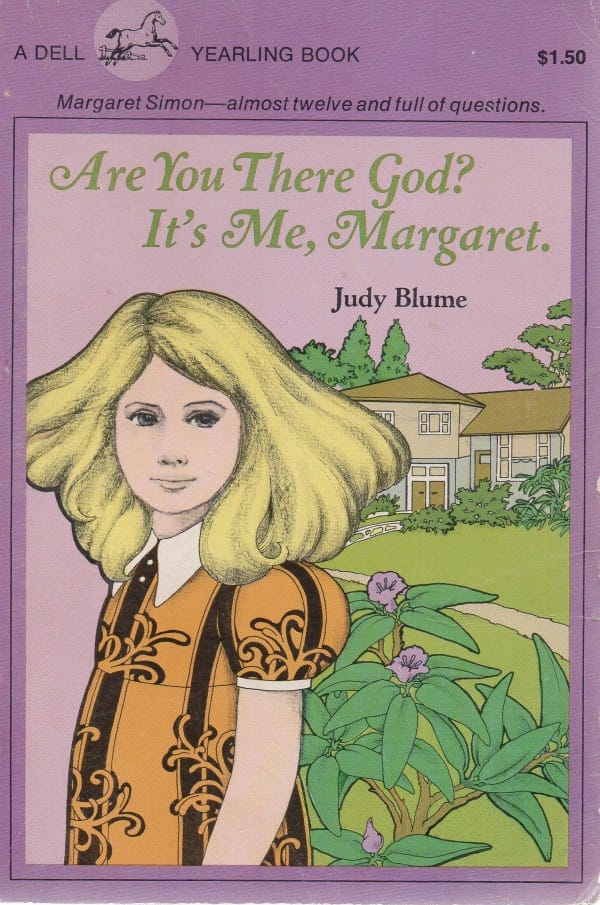In a contrarian take on the legacy of John Coltrane on the 50th anniversary of his death last year, Zack Graham at GQ did not recommend Giant Steps nor A Love Supreme nor Blue Train nor My Favorite Things as the most important album in the artist’s career, but a record most casual jazz fans may never encounter, and which even the hardest-core Coltrane fans never heard in his lifetime. Recorded in the year of his death, Interstellar Space—a frenetic suite of free jazz duets with drummer Rashied Ali—didn’t appear until 1974. The album has since received widespread critical acclaim, and stands, Graham argues, as “Coltrane’s most influential record, its echoes still heard today in everything from electronic music to some of the world’s biggest hip hop acts.”
Graham makes a compelling case. It’s hardly an accessible album, but discerning listeners will nonetheless hear the sound of now in Ali’s stuttering, rapid fire beats and Coltrane’s modal bleats. Looking back, it can almost seem like he knew he was running out of time, and rushed to leave behind a blueprint for the music of the future.
“In his last months,” writes Stephen Davis at Rolling Stone, “Coltrane had changed everything about his music,” and, perhaps, everything about music in general, jazz and otherwise. His evolution as a musician and explorer of the mystical potentialities of artistic expression was so radical that from a certain point of view we are forced to work backward when approaching his catalog, as we might do with biographies of saints.
Should we pursue this line of thinking, however, we might have to grant that the posthumous Interstellar Space and its follow-up Stellar Regions—compiled from tapes Alice Coltrane discovered in 1994—are the result of Coltrane’s final musical apotheosis and thus can sound nigh-incomprehensible to most mere mortals. Interstellar Space “is a musicians’ album, for sure,” Graham admits, and an album for those fully open to the unknown: “the dissonance and enharmonic experimentation… is otherworldly.”
Working backward, we see Coltrane’s transfiguration into an avant-garde pioneer in 1966’s Ascension, an album that “still manages to confound as many listeners as it convinces,” Derek Taylor writes at All About Jazz. A Love Supreme is Coltrane’s gospel, a spiritual classic that draws everyone in with its message of transcendence and oneness. Earlier milestones My Favorite Things, Giant Steps, and Blue Train are each miraculous feats of musicianship that drew huge crowds of admirers and imitators, and then there are the years of apprenticeship, when the young Coltrane studied under masters like Miles Davis and Dizzy Gillespie, and practiced the dharma of Charlie Parker.
A narrative of Coltrane as a kind of musical messiah explains the literal veneration of his work by the Church of Saint John Coltrane, but it is only one convenient means of Coltrane appreciation. In truth, his oeuvre is too vast and varied in scope to neatly sum up in any fully satisfying way. We might just as well start at the beginning, when Coltrane was a mostly unknown, but very hip, sideman, playing with the greats throughout the fifties. “From his Bird-emulating beginnings to his flights into the unknown in his last years,” writes Fernando Ortiz, compiler of the “Complete” John Coltrane playlist above, “the standard of his music and his passion are always at the top or very close to it.”
Comprising over 700 tracks, “or four straight days of listening,” this playlist list is still “far from perfect,” Ortiz admits, “since it is subject to availability and to the non-systematic approach to data on Spotify, but it’s not that far this time.”
…no studio recording he made between 1955 and 1965 is missing (his previous years are well represented, starting with his 1946 recordings while in the Navy), which includes all his studio work as a leader during those years, as well as all his recordings as a sideman with Miles and Monk.
The weighting toward live recordings, “both from official and bootleg sources,” provides a very multifaceted view of the artist’s onstage development, and the inclusion of box sets like Heavyweight Champion: The Complete Atlantic Recordings offer panoramic surveys of his studio work. While we don’t get everything here, and some of the omissions are key, you will, if you spend quality time delving into this treasure house, understand why the name Coltrane conjures such intensity of awe, praise, and devotion.
Related Content:
Organized Religion Got You Down? Discover The Church Of Saint John Coltrane
John Coltrane’s Handwritten Outline for His Masterpiece A Love Supreme (1964)
Josh Jones is a writer and musician based in Durham, NC. Follow him at @jdmagness



